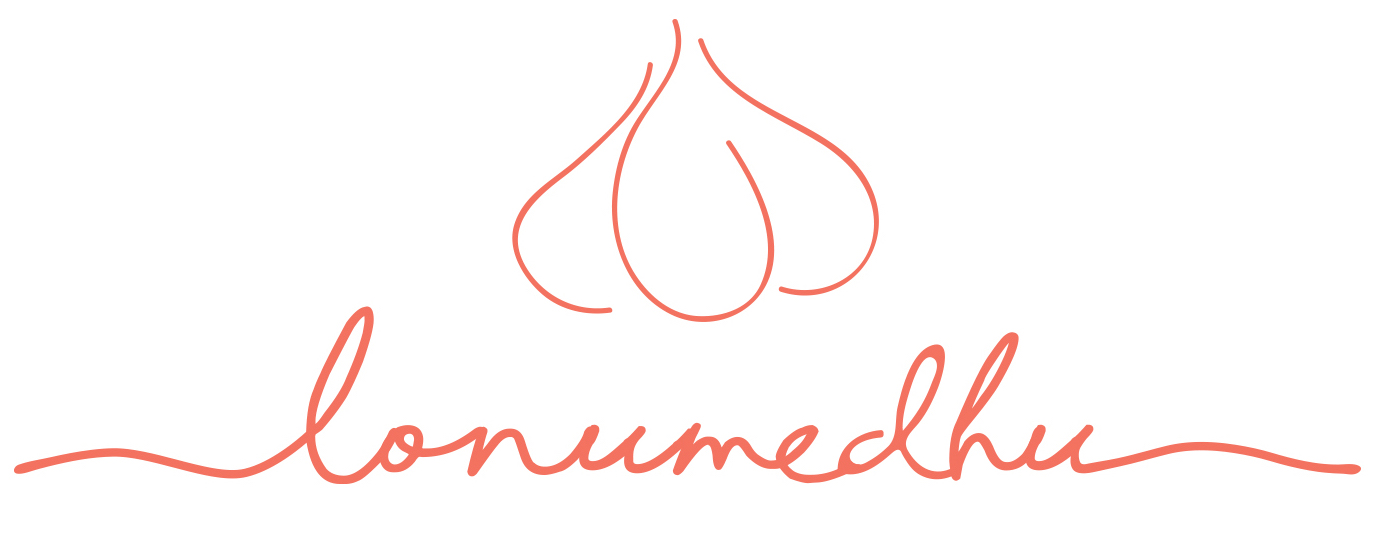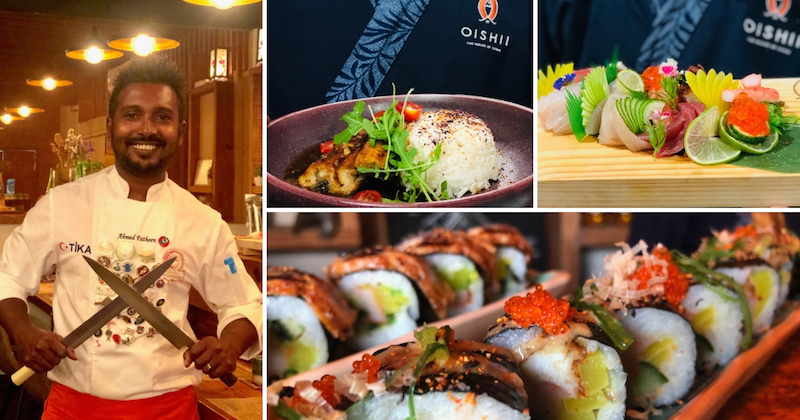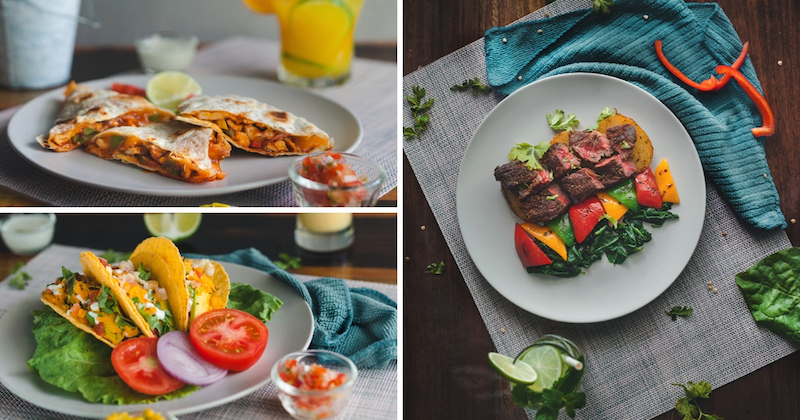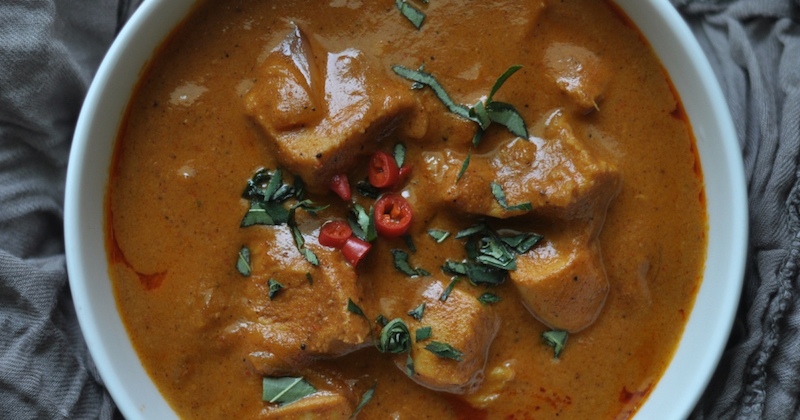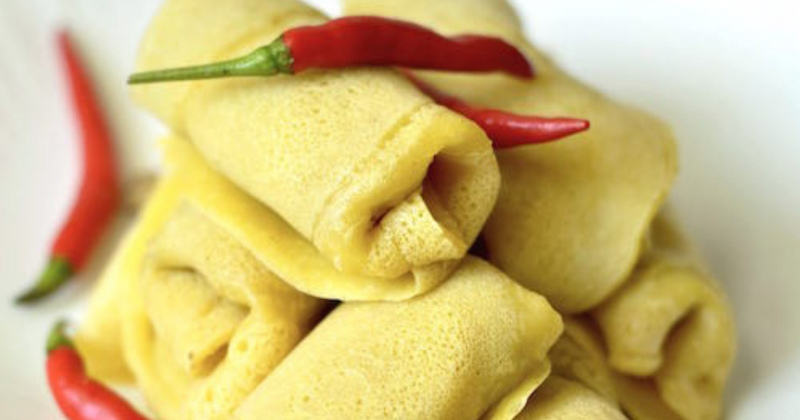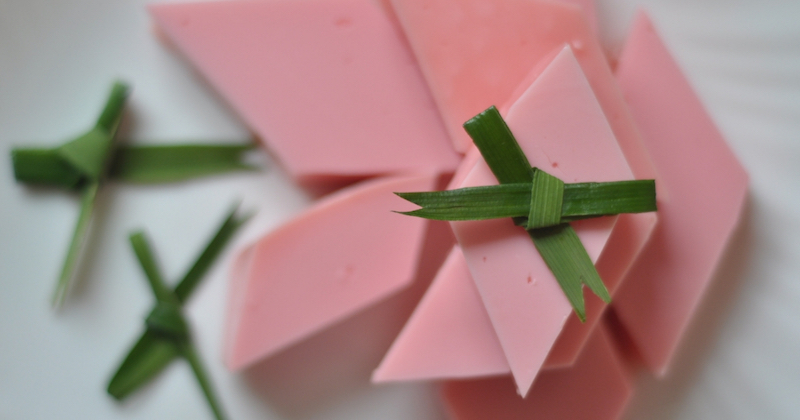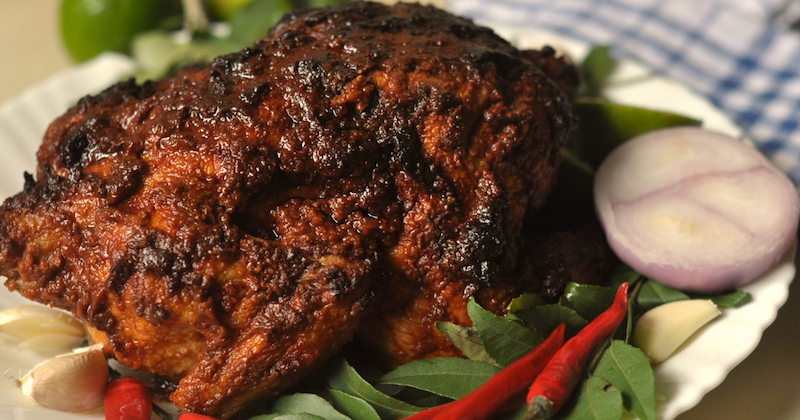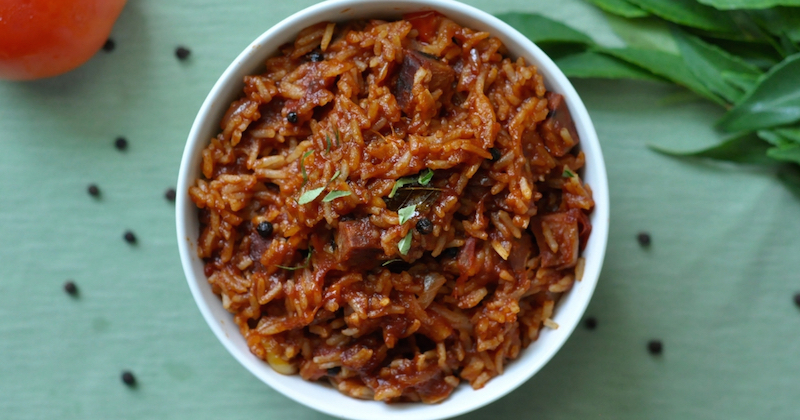Maldivian Dhufun
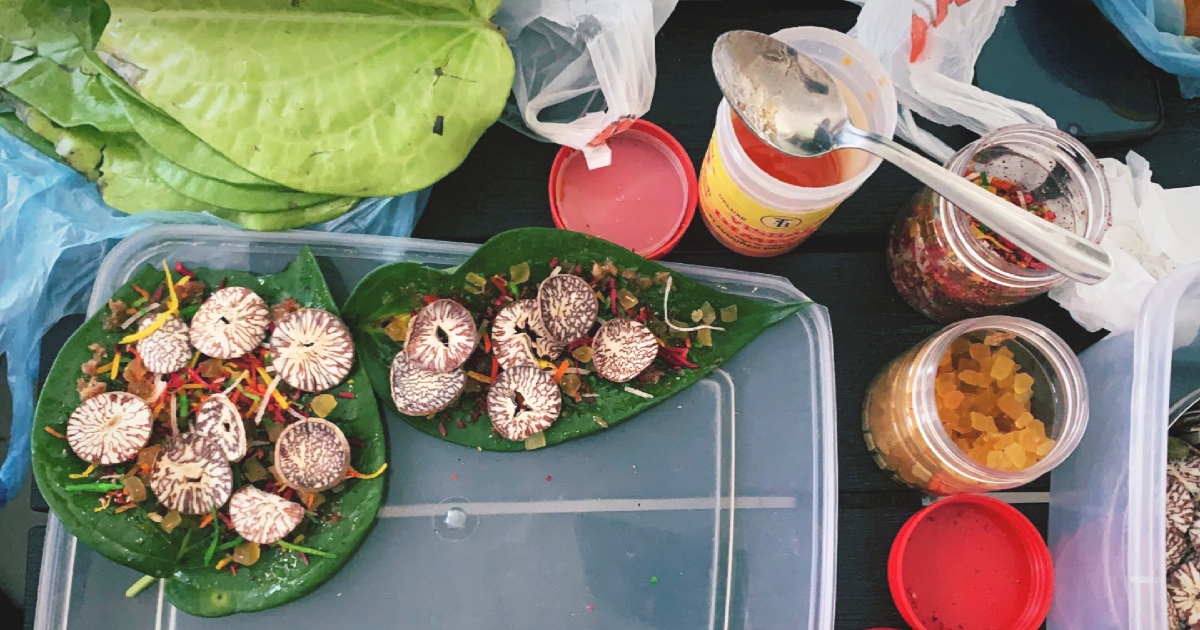
by Iyath Adam
Dhufun. It’s a noun and a verb. In the Maldives, dhufun can refer to both the act of chewing areca nuts after a meal or even the tray on which it is presented. Although the roots of dhufun did stem from India, us Maldivians have really made it our own.
Here, we break down to you all the types of dhufun commonly eaten by Maldivians. And when you think about it, there are quite a few!
Dhufun
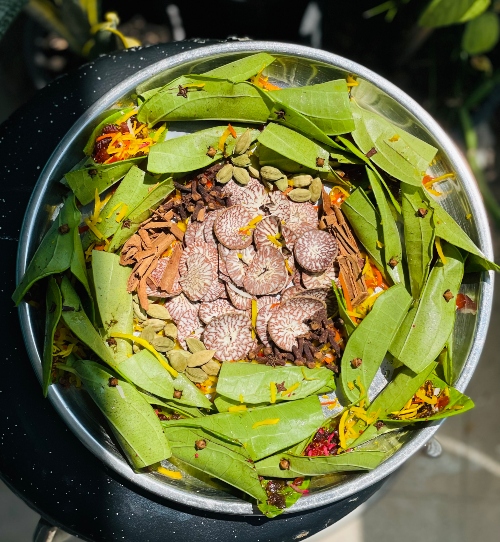
The traditional or OG after-meal snack, dhufun consists of eating a mixture of roa foah (dried and thinly sliced areca nuts), bileh (betel leaves), green cardamoms, cloves and even sometimes cinnamon together. A special flavour powder called heera panna (from India) may also be added to enhance the taste.
Some people also eat dhufaa huni (slaked lime paste) with this, although this is less common now and only done by serious dhufuntherin (people who eat dhufun).
Although what makes dhufun is this particular mixture of spices and leaves, some people also prefer to just eat a piece of foah and be done with it!
Meeru Foah
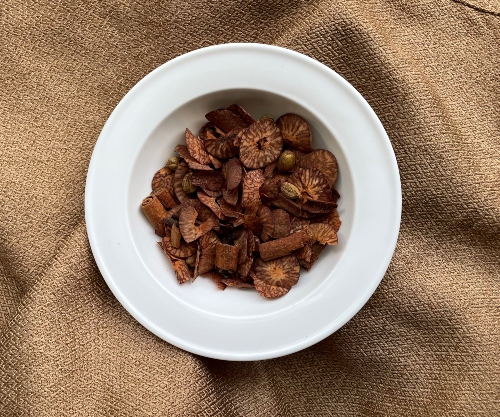
Meeru foah (which literally translates to delicious areca nuts) is a mixture made by roasting and slightly caramelising foah with heera panna and liquid sugar. Sometimes, green cardamoms, cloves, cinnamon and dried pandan leaves (raanba faiy) are also added to enhance the flavour.
Also known as foni foah, hedhi foah, there are different types of meeru foah out there – some are sweeter, others more flavourful and drier – but as always, what’s best is entirely up to your preference!
Although not commonly made now, there is also a version of this called hanaakuri foah or hakuru foah made with a ground mixture of sugar, green cardamoms, cloves, and cinnamon. The roa foah is pan roasted with dried pandan leaves, then taken off the stove before mixing with the sugar powder to prevent the sugar from liquidising.
Meeru bileh
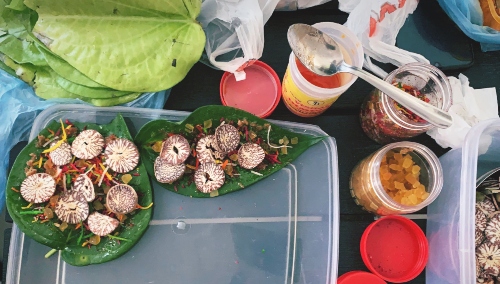
Meeru bileh or hedhi bileh is a variation of Indian paan made with betel leaves and mostly Indian ingredients.
Most commonly, gulkand (rose petal jam) and some type of liquid sugar paste are spread on bileh and topped with candied fruit, coloured desiccated coconut, areca nuts and heera panna. When sold, the bileh is rolled and the areca nuts are usually given separately, and you can pick how much you would like to eat with each bite.
As of late, meeru bileh platters have become increasingly common with pages selling differently designed platters for weddings and parties as well.
Killi
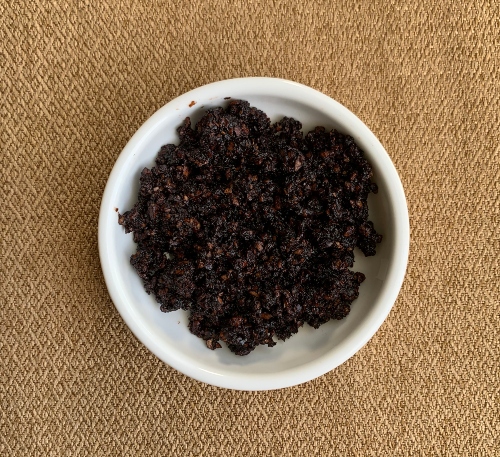
Killi is a mixture made by pounding areca nuts, green cardamoms, cloves, and cinnamon together with betel leaves and white sugar. Heera panna may also be added to intensify the taste. The finished product resembles wet, coarse sand in dark reddish-brown colour, although sometimes the mixture may be finer as well.
Making killi is called killi thelhun and is commonly done by women. Recipes may vary from maker to maker, but good killi is always sweet, slightly moist, and full of flavour.
Jabulani
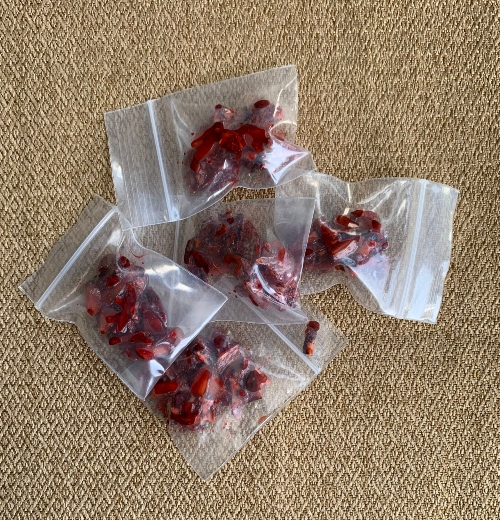
Jabulani is a mixture of dried and roasted coconut pieces and areca nuts, mixed with liquid sugar and red food colouring. The resulting mixture is a sticky, sweet treat, commonly sold in bite-sized pieces.
It is unclear exactly when jabulani was introduced, but it certainly picked pace around the time of 2010 FIFA World Cup, possibly after the name of the official match ball of the year, ‘Adidas Jabulani.’
Dhufi
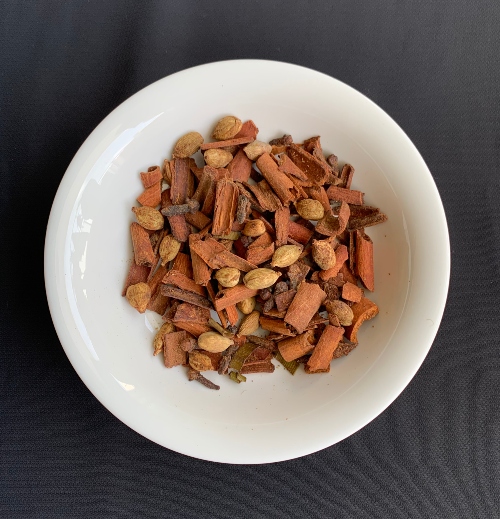
Dhufi is a relatively new product and is especially made for those who refrain from eating areca nuts but still love to have a little dhufun after meals.
Similar to meeru foah, dhufi is made by lightly roasting whole green cardamoms, cloves, and pieces of cinnamon with heera panna or even sometimes liquid sugar. The absence of areca nuts makes for a sweeter, spicier, more refreshing taste.
About Lonumedhu
Lonumedhu is about eating great food right here in the Maldives.
Our easy to follow recipes use locally available ingredients.
In our blog you will find food news, interviews with chefs and cooks, useful information about eating out and other foodie reads.
Contacts
© Lonumedhu.com 2017-2026. All rights reserved. No part of this website may be reproduced without the written permission of the publisher.
Advertisers
Lonumedhu.com has partnered with Qualia Pvt Ltd, a publishing & marketing agency, for its desktop and mobile advertising.
Advertising enquiries should be directed to (960) 987 4396 or marketing.sales@lonumedhu.com.
